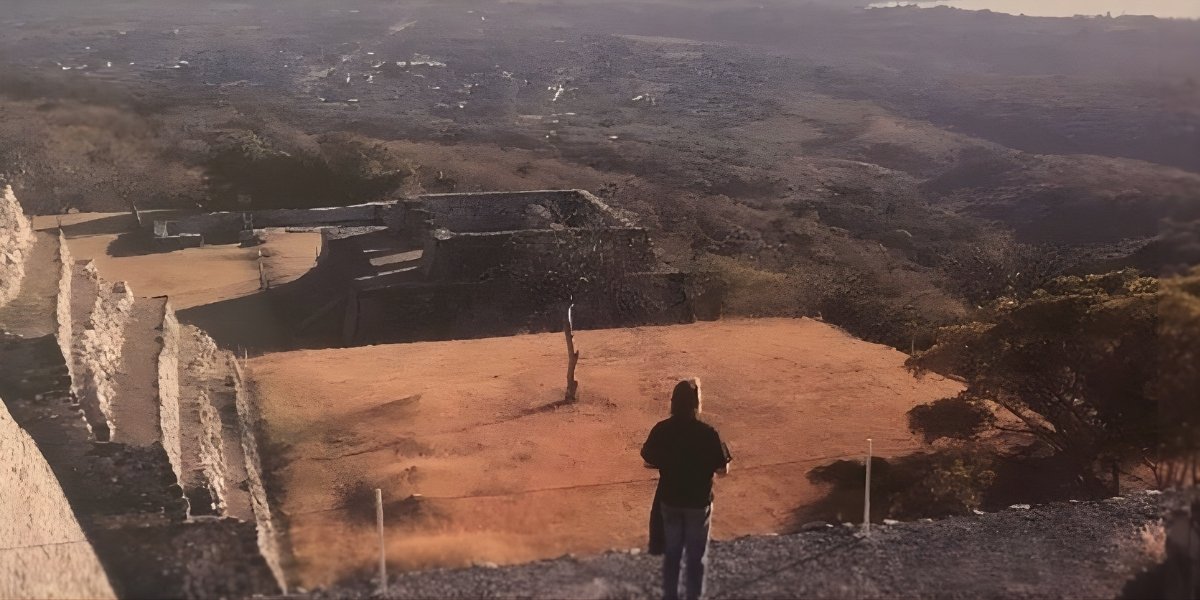Miami’s Ghostly Waterfront Gem: The Rise, Fall, and Uncertain Future of a Modernist Icon
Miami is synonymous with glitz, Art Deco hotels, and a pulsing nightlife. Then there’s the Marine Stadium. With its weathered concrete and faded grandeur, it’s a stark contrast to the usual Miami scene. There’s something undeniably compelling about its faded beauty, like a glamorous movie star past her prime, but with a story etched into every weathered surface.
This isn’t just a derelict building; it has an aura. Imagine walking beneath that massive cantilevered roof, the silence broken only by the cries of seagulls. The empty seats, once filled with roaring crowds, now evoke a sense of lost time. “It’s almost like a ghost ship, but made of concrete,” remarks an urban explorer who frequently visits the stadium.
Yet, there’s also vibrancy amidst the decay. The graffiti adorning the walls is an explosion of color and creativity. It’s not just random vandalism; many of the murals are poignant, playful, or politically charged. This abandoned stadium has become a canvas for Miami’s artistic spirit, proof that even in decline, places can find unexpected new life.
The Golden Age: When Concrete Sailed
The 1960s were Miami’s coming-out party. The city was buzzing with a mix of retirees, Cuban exiles, and tourists drawn to its sunshine and sizzle. The Miami Marine Stadium wasn’t just a building; it was a symbol of this bold, new Miami. This wasn’t your grandpa’s beach town; this was a city ready to play on the world stage.
Architect Hilario Candela’s design was as audacious as Miami itself. Imagine a futuristic seashell made of concrete, its roof soaring over the water like a giant wave about to crash. It seemed to defy gravity, and that was the whole point. “This building was about more than watching boat races,” explains a local historian. “It was about showing the world that Miami embraced innovation, even in its architecture.”
The stadium pulsed with Miami’s unique energy. The roar of powerboats, the cheers of the crowd, the sound of waves mingling with the strains of a live band…this was where Miami came to see and be seen. It was part sports venue, part concert hall, and 100% pure Miami attitude.
But glory fades, and the stadium wasn’t immune. Hurricane Andrew dealt a harsh blow in 1992, and neglect crept in. The seats were ripped out, the sea breezes left their salty mark on the concrete, and vandals turned it into their own giant canvas. The stadium slipped from public eye, a relic of a bygone era.
Ironically, it’s the decay that gave the stadium a second life, albeit an unorthodox one. Its weather-beaten walls became an irresistible draw for graffiti artists. The vibrant murals, ranging from poignant to pop culture-inspired, added an unexpected splash of color to the faded concrete.
“There’s this raw beauty in the decay,” says an art photographer who documents the stadium’s ever-changing murals. “It’s become an accidental art installation, a testament to Miami’s creative energy.”
To Restore or Embrace the Grit?
As Miami evolves, its abandoned stadium has sparked a debate about preservation. Some see a chance to restore the building to its original glory, a testament to mid-century design. They dream of concerts echoing there once more. Others argue the charm lies in the raw, graffiti-covered version. They see it as a unique urban park, a space for art and community gatherings.
The battle isn’t just about aesthetics. It’s about what a city values. “This isn’t just a building,” says a local preservationist. “It’s a piece of Miami’s soul. The question is, what kind of soul do we want to show the world?”
Restoration plans have started and stalled over the years. Funding is always an issue, and there’s no easy answer when a building’s identity is so fiercely debated. Will it become a polished venue or remain a gritty monument to urban evolution?
It’s a question Miami will have to grapple with. Cities are always changing, but few landmarks embody the tension between past and future quite like the Miami Marine Stadium. “This stadium is a mirror,” remarks a longtime Miami resident. “It reflects back the changing face of our city and forces us to ask: how do we honor the past while moving forward?”







